

A 3/8 threaded rod, also known as a stud, is a metal rod with continuous threading along its entire length. It's primarily used for tensioning, anchoring, and stabilizing applications. This guide covers everything you need to know, from materials and standards to applications and purchasing considerations, with insights provided by Hebei Muyi Import&Export Trading Co.,Ltd.What is a 3/8 Threaded Rod?A 3/8 threaded rod is defined by its diameter (3/8 inch) and its continuous threading. The thread type can vary, but common types include UNC (Unified National Coarse) and UNF (Unified National Fine). It is available in various materials and lengths to suit diverse applications. The continuous thread allows for adjustable fastening and secure connections over its entire length. Hebei Muyi Import&Export Trading Co.,Ltd. offers a wide range of these rods to meet your specific project needs.Materials and StandardsCommon Materials3/8 threaded rods are commonly manufactured from the following materials:Steel: Offers high strength and is suitable for general-purpose applications. Various grades of steel exist, each with different tensile strengths.Stainless Steel: Provides excellent corrosion resistance, making it ideal for outdoor or humid environments. Common grades include 304 and 316.Aluminum: Lightweight and corrosion-resistant, suitable for applications where weight is a concern.Brass: Offers good corrosion resistance and electrical conductivity.Alloy Steel: Offers even higher strength and toughness for demanding applications.Choosing the right material depends on the specific application and environmental conditions.Relevant StandardsSeveral standards govern the manufacturing and performance of 3/8 threaded rods:ASTM A36: Standard specification for carbon structural steel.ASTM A193/A193M: Standard specification for alloy-steel and stainless steel bolting materials for high-temperature or high-pressure service and other special purpose applications.DIN 975: Specifies the dimensions and tolerances for threaded rods.Applications of 3/8 Threaded RodConstruction and InfrastructureIn construction, 3/8 threaded rods are frequently used for:Anchoring: Securing structures to concrete foundations.Suspension: Hanging pipes, ducts, and lighting fixtures.Reinforcement: Adding strength to concrete or masonry structures.Manufacturing and Industrial ApplicationsIn manufacturing, 3/8 threaded rods find application in:Machinery Assembly: Connecting components in machines and equipment.Fixtures and Jigs: Building custom work-holding devices.Support Structures: Creating frameworks for equipment and machinery.DIY and Home ImprovementHomeowners often use 3/8 threaded rods for:Shelving: Creating custom shelving systems.Hanging Objects: Suspending decorations or fixtures from ceilings.Repairs: Fixing or reinforcing existing structures.Working with 3/8 Threaded RodCutting and Sizing3/8 threaded rods can be easily cut to the desired length using a hacksaw, bandsaw, or specialized cutting tool. Ensure a clean cut to avoid damaging the threads. Deburring the cut end is recommended for easier nut installation.Installation TechniquesWhen installing 3/8 threaded rods, consider the following:Use Appropriate Nuts and Washers: Select nuts and washers that are compatible with the rod's material and thread type.Proper Torque: Apply the correct torque to avoid over-tightening, which can damage the threads or the surrounding material.Thread Lockers: For applications where vibration is a concern, use thread lockers to prevent loosening.Choosing the Right 3/8 Threaded RodFactors to ConsiderWhen selecting a 3/8 threaded rod, consider these factors:Material: Choose a material that is appropriate for the environment and application. Stainless steel is ideal for corrosive environments, while high-strength steel is suitable for demanding applications.Length: Select a length that is sufficient for the application, with some extra length for adjustment.Thread Type: Ensure the thread type (UNC or UNF) is compatible with the nuts and other components you plan to use.Load Capacity: Determine the maximum load the rod will need to support and choose a rod with a suitable load capacity. You can find high-quality, durable threaded rod options from trusted suppliers like Hebei Muyi Import&Export Trading Co.,Ltd..Where to Buy3/8 threaded rods are available from various sources, including:Hardware Stores: Local hardware stores typically stock a variety of lengths and materials.Industrial Supply Companies: Offer a wider selection of materials and grades, often with bulk discounts.Online Retailers: Provide convenient access to a vast selection of 3/8 threaded rods, with delivery options.When purchasing online, consider factors such as shipping costs and return policies.Troubleshooting Common IssuesStripped ThreadsStripped threads can occur due to over-tightening or using incompatible nuts. To prevent this, use the correct torque and ensure the nuts are compatible with the rod's thread type. If threads are stripped, the rod will need to be replaced.CorrosionCorrosion can weaken 3/8 threaded rods, especially in outdoor or humid environments. Using stainless steel or applying a protective coating can help prevent corrosion.Cost ConsiderationsFactors Affecting PriceThe cost of 3/8 threaded rods depends on several factors:Material: Stainless steel and alloy steel rods are generally more expensive than steel rods.Length: Longer rods cost more than shorter rods.Quantity: Bulk purchases often result in lower per-unit costs.Supplier: Prices can vary between different suppliers.Comparing PricesIt's essential to compare prices from multiple suppliers to ensure you get the best deal. Consider the overall cost, including shipping and handling fees.Safety PrecautionsGeneral Safety GuidelinesWhen working with 3/8 threaded rods, follow these safety guidelines:Wear Safety Glasses: Protect your eyes from debris when cutting or grinding rods.Use Gloves: Protect your hands from sharp edges and potential contaminants.Follow Torque Specifications: Avoid over-tightening, which can damage the threads or surrounding material.Specific Safety ConcernsBe aware of the potential hazards associated with the materials used. For example, some coatings may contain harmful chemicals.Threaded Rod Sizes Table Threaded Rod Sizes and Specifications Diameter (inches) Threads Per Inch (TPI) - UNC Threads Per Inch (TPI) - UNF Common Materials Typical Applications 1/ Steel, Stainless Steel Light-duty fastening, small projects 3/8 Steel, Stainless Steel, Aluminum Medium-duty fastening, construction, DIY 1/ Steel, Stainless Steel Heavy-duty fastening, construction, industrial 5/ Steel, Stainless Steel Heavy-duty fastening, industrial applications 3/ Steel, Stainless Steel Heavy construction, large-scale projects In conclusion, understanding the characteristics, applications, and safety considerations of 3/8 threaded rods is crucial for successful projects. Whether you're in construction, manufacturing, or DIY, choosing the right rod and using proper installation techniques will ensure reliable and long-lasting results. If you require further assistance or high-quality 3/8 threaded rods, don't hesitate to contact Hebei Muyi Import&Export Trading Co.,Ltd. for expert guidance.Disclaimer: This article is for informational purposes only and does not constitute professional advice. Always consult with a qualified engineer or professional for specific applications.Sources:ASTM A36: ASTM InternationalASTM A193/A193M: ASTM InternationalDIN 975: DIN Standards


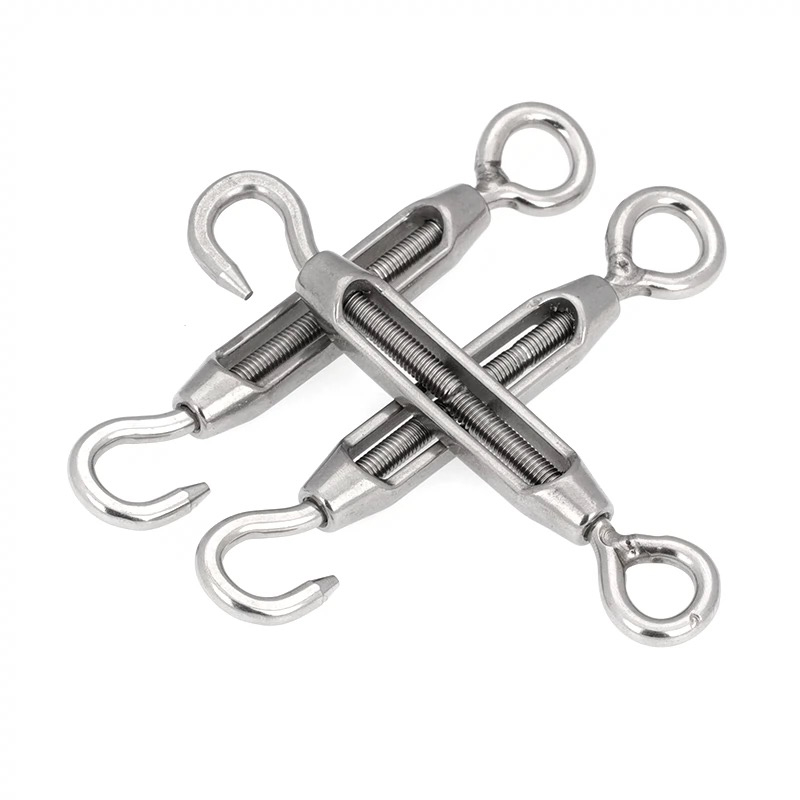

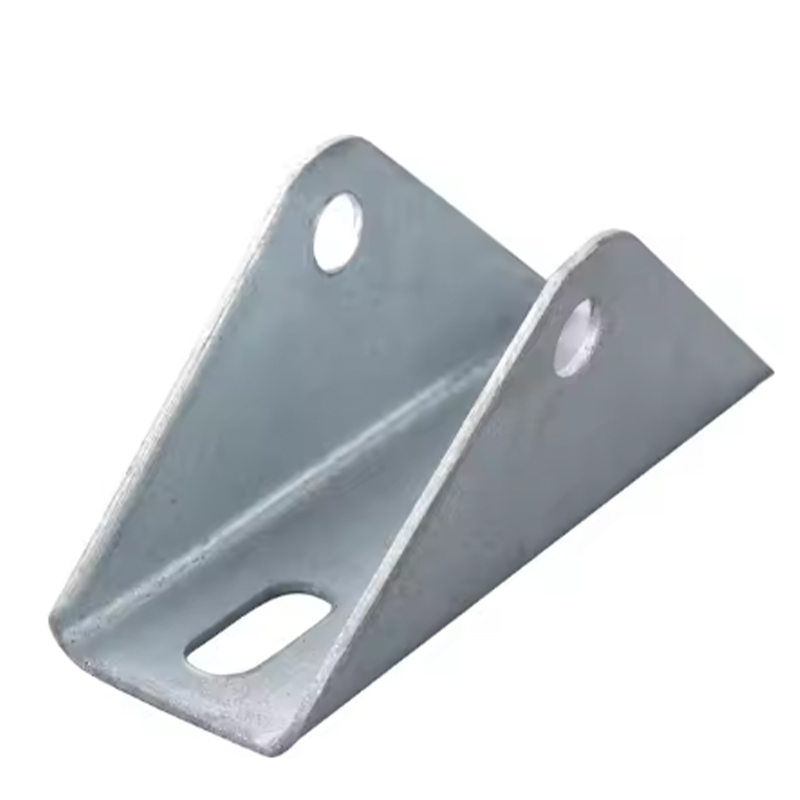
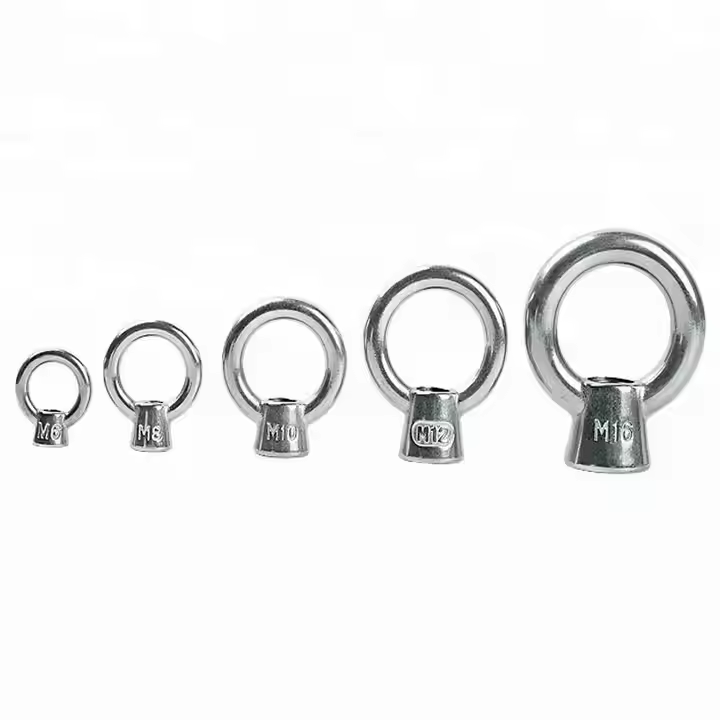



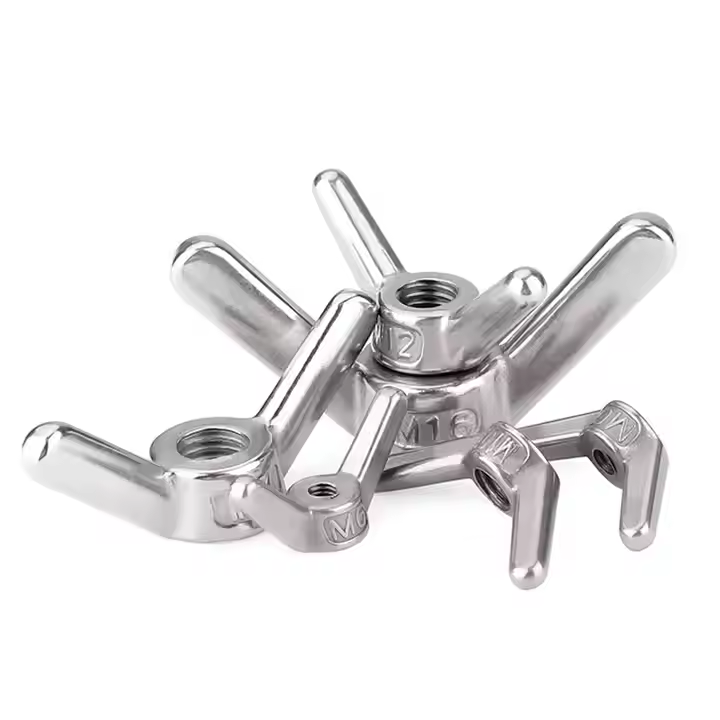

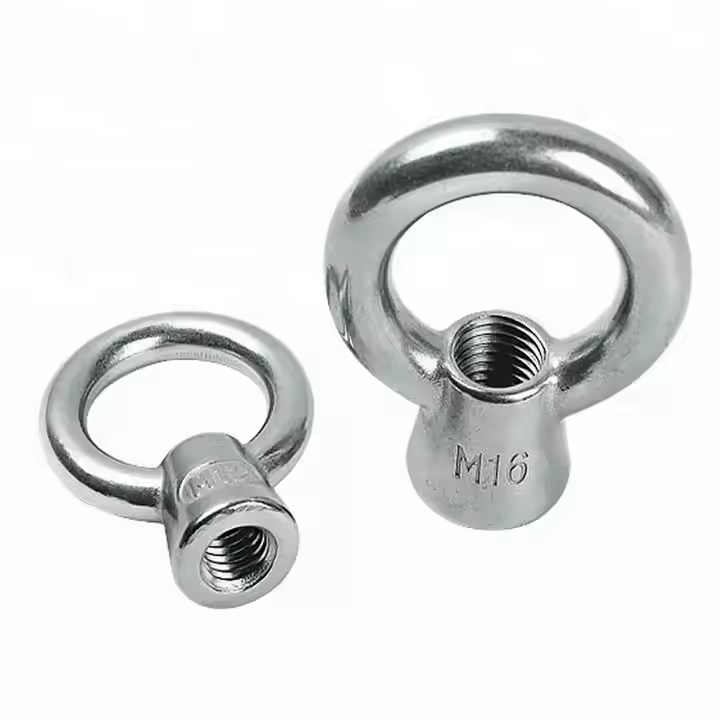
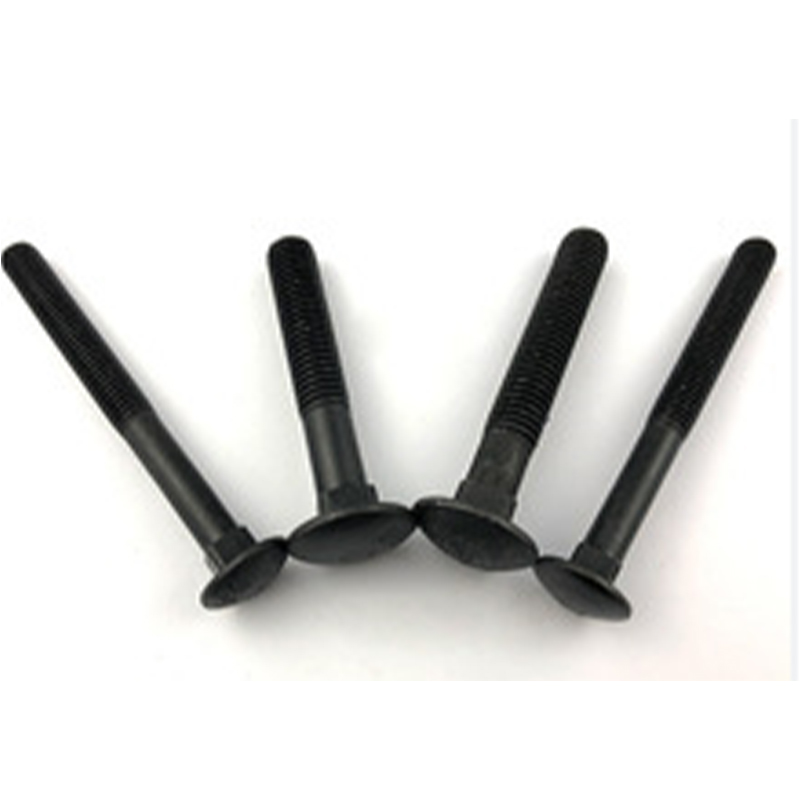
Please enter your email address and we will reply to your email.